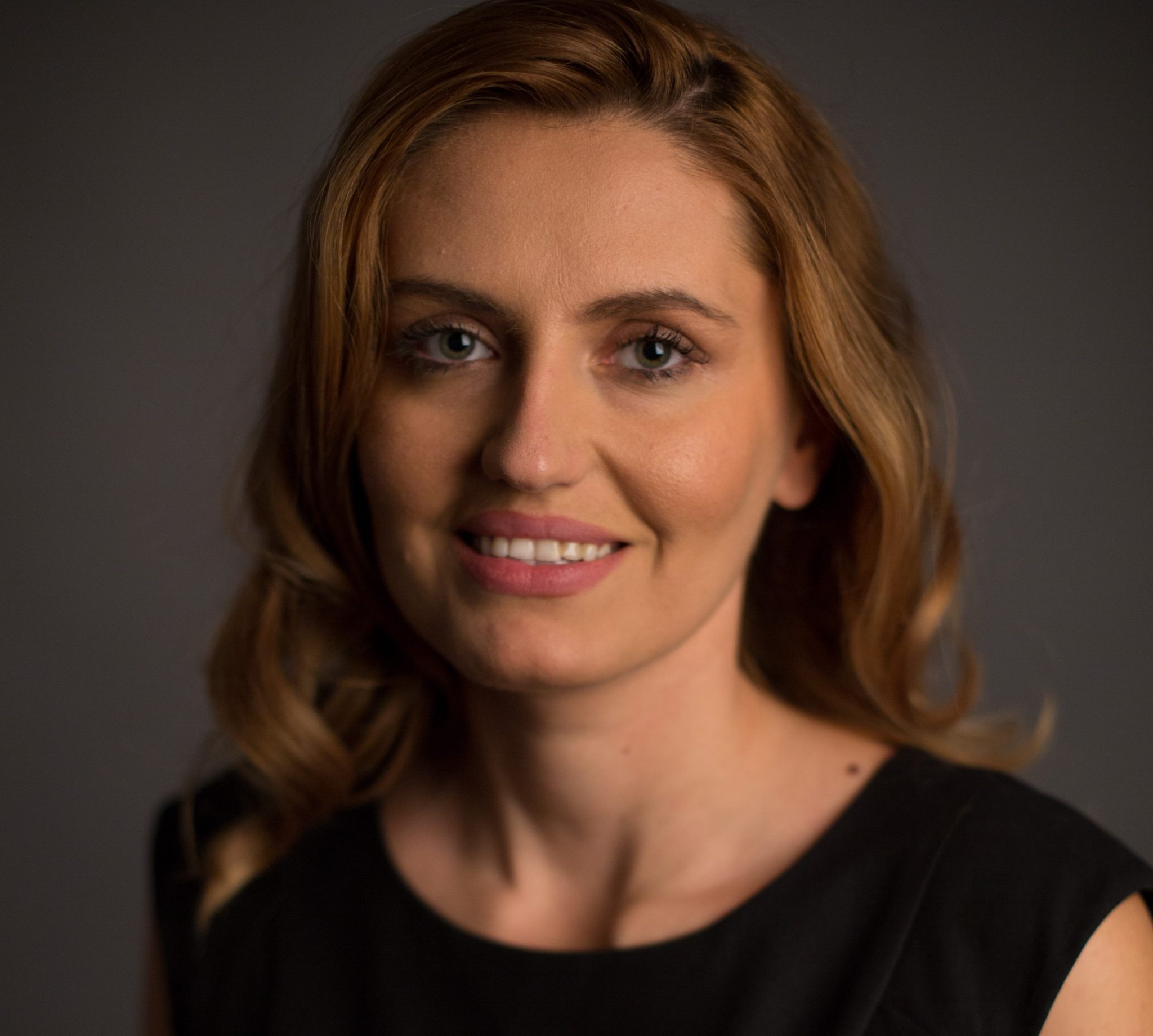As a business owner or entrepreneur, what do you fear the most? The ever-changing market, the competitors or the rapid rise of new technologies?
You fear all of them. You fear what you don’t know. You fear the future.
What if you could know today what could impact your business in the future?
Strategic foresight allows companies to do just that – prepare themselves for the future.
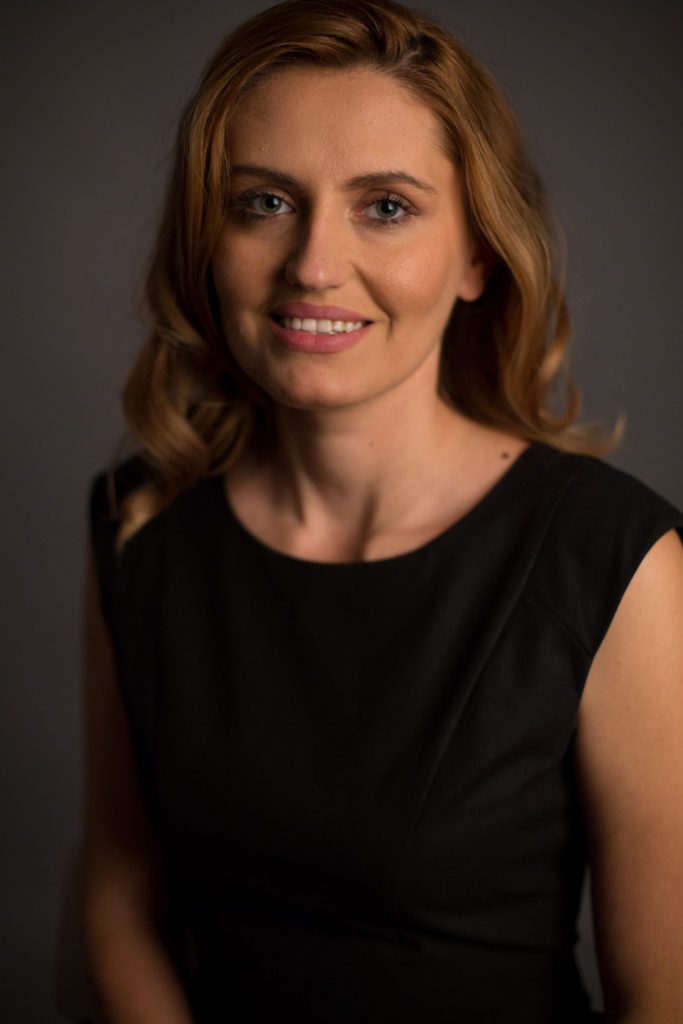
Diana Stafie
Diana Stafie is a Strategic Foresight consultant and Partner at futureStation, a Foresight OnDemand consultancy company. I reached out to Diana and asked her a few questions on strategic foresight, an emerging discipline in the business environment.
In this article:
- Definition of foresight
- Benefits of doing strategic foresight
- How companies can integrate future thinking in their cultures
- Foresight vs Predictability
- Three books on foresight
Q: What is foresight: strategy, tool or process?
All that, plus mindset.
When I think about our foresight work done for clients, the analogy that comes into my mind is that we are like a “Waze” for business – instead of “Outsmarting traffic, together” we could Outsmart competition, together.
Using the foresight discipline and its methodology, we help companies understand the different routes (scenarios) that they should consider in their journey and choose the one that takes them to the preferred destination.
We also warn them of the different pitfalls (innovations, consumer behaviour change, emerging technologies) that they might encounter on the way. Not all players in an industry reach the same destination; by using foresight as a “Waze” for business, companies could reach some goals sooner than their competitors.
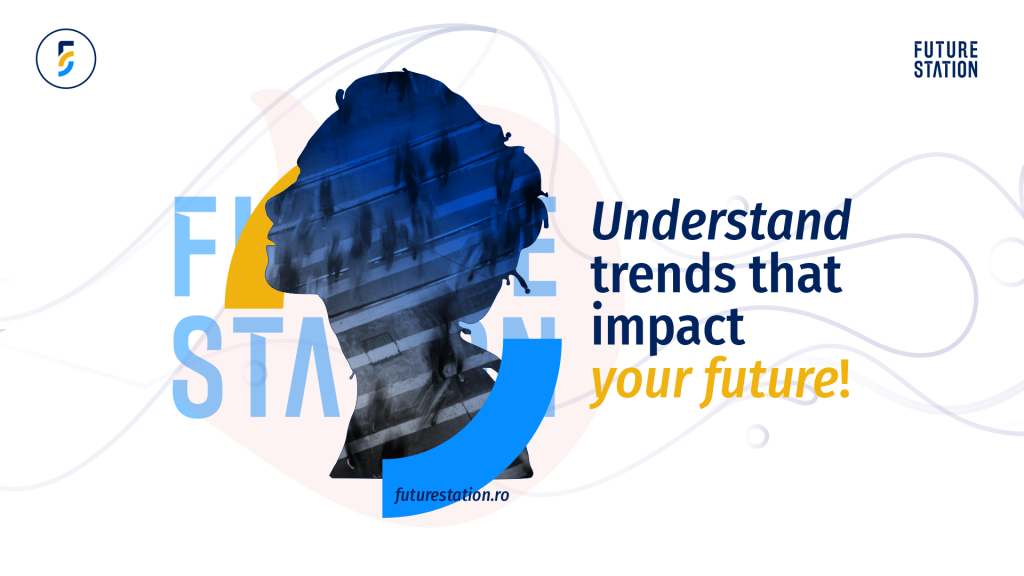
Q: Name 3 benefits that companies receive when using corporate foresight.
The strategic warning would be one: by working with foresight tools, companies can identify those vital early signs of change that could influence or disrupt their industry. It is a contribution to the mitigation of risks explicitly related to external events — changes in the competitive environment.
Further on, the methodology allows them to think in alternative scenarios and turn change and uncertainty into opportunities. If you were a decision-maker, wouldn’t you like to have an early warning capability?
Foresight also helps companies build relevance: understanding future trends allows companies to anticipate what consumers/employees want next and create relevance for them. Ask yourself, is the industry changing, but your company is not?
[bctt tweet=”Diana Stafie (Strategic Foresight Consultant): Not all players in an industry reach the same destination; by using #foresight as a “Waze” for business, companies could reach some goals sooner than their competitors.” username=”brand_minds”]
And foresight also helps companies show thought leadership. A thought leader is a company who, based on its expertise and perspective in the industry, offers unique guidance, inspires innovation and influences others in the business environment. And by understanding the trends and uncertainties of the industry, companies could communicate as Thought Leaders.
Also, according to the 2018 Corporate Foresight benchmarking report made by the Aarhus School of Business,
Organizations that value future preparedness are 33% more profitable than the average.
Q: How can CEOs and top executives build a culture of future thinking in their companies?
We often feel that we live in a short-term world, so long term thinking does not come easily. The short-term pressure is coming from all sides, especially in our Eastern European context. But doing foresight can be a solution.
Start by designing a framework of early signs warning. This can provide the ability to not just observe the future happening, but to actively shape it.
Take time and understand trends and the changes in consumer behaviours. By doing so, companies can decode consumers’ emerging expectations and offer products/services that consumers might not even realise they needed so much.
Most of our knowledge is about the past, but all our decisions are about the future. Most of what we need to know to make the right decisions today is outside our comprehension – we don’t even know it’s there.
So, start reflecting more upon whether or not you know enough about the future you are aiming for. Companies could do that by running scenario planning exercises and asking “what if” questions – this encourages teams to consider events that may only be remote possibilities and stretch their thinking. Get inspiration from Shell; they’ve been doing foresight since the 1970s.
Q: What is the difference between foresight and predictability?
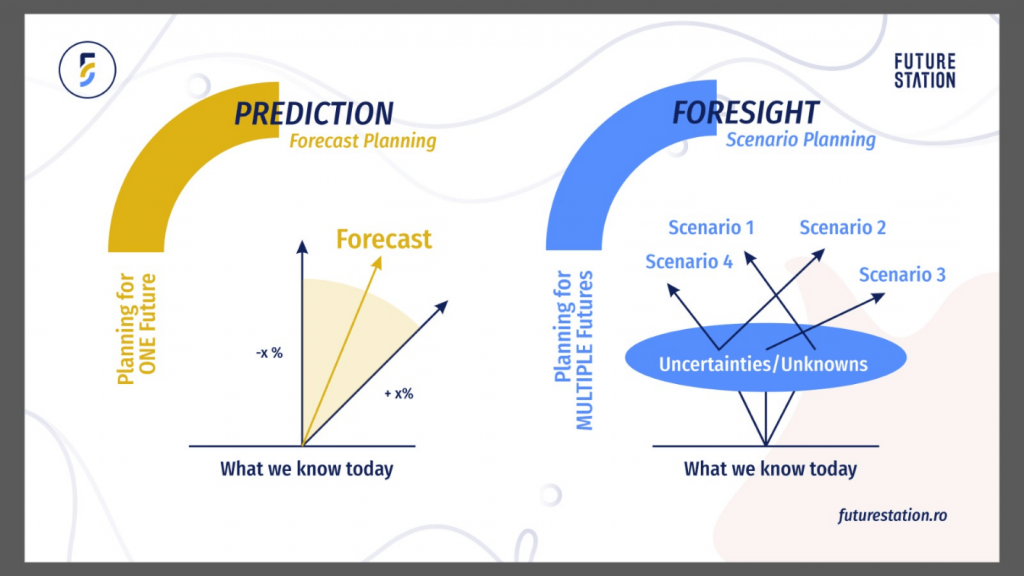
Danish physicist Neils Bohr said,
Prediction is very difficult, especially about the future.
In its antipathy to prediction of any kind, the strategic foresight field orients towards future preparedness with the help of qualitative, exploratory and narrative tools.
Do we think there is only one future?
If not, why do we only plan for one?
Foresight catalyses thinking in alternative futures.
Q: Foresight experts look into the future. How many years into the future?
The time horizon considered for the foresight analysis depends on industry dynamics (product life cycles: retail – fast, mining – slower), the intended use of the analysis (operational vs strategic), but also the management’s appetite for uncertainty.
The great hockey player Gretzky said once that,
A good hockey player plays where the puck is. A great hockey player plays where the puck is going to be.
Thus, it also depends on where companies want to “play”.
Q: Recommend one book on foresight that entrepreneurs, CEOs and startup founders should read this year.
For a book focusing on foresight methodologies and processes, I would recommend “Thinking about the future” (Andy Hines and Peter Bishop).
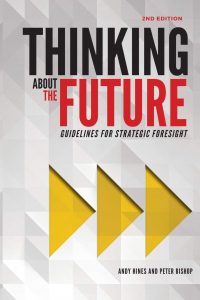
Thinking of more generally future-focused books, there are two just released: “The future is faster than you think” (Peter Diamandis and Steven Kotler) and “After Shock” which is a compendium of essays by the world’s foremost futurists observing the 50th anniversary of Alvin Toffler’s “Future Shock” while also looking ahead to the next 50.
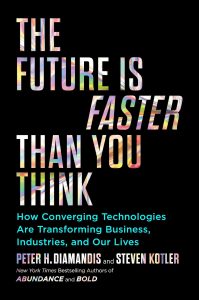
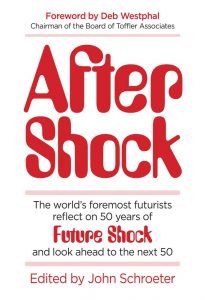
Join the Conversation
We’d love to hear what you have to say.
Get in touch with us on our LinkedIn Group, Facebook Group or Twitter.


